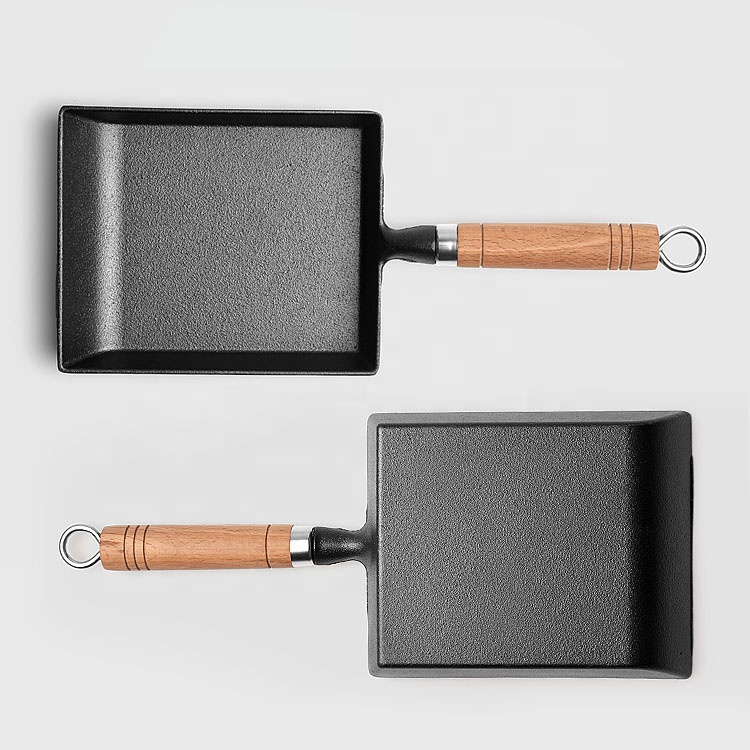
Benefits of Using a 100% Cast Iron Skillet for Perfect Cooking Every Time
The Indispensable 100% Cast Iron Skillet A Culinary Essential
In the world of cookware, few items can boast the versatility, durability, and timeless appeal of a 100% cast iron skillet. From the kitchen of a rustic farmhouse to the chef’s station in a high-end restaurant, this unassuming piece of cookware has stood the test of time, becoming a staple in kitchens around the globe. Its unique properties and culinary advantages make it a must-have for anyone serious about cooking.
Historical Significance
Cast iron cookware has roots that date back over 2,000 years, with significant advancements occurring during the 18th century in Europe and later in America. The process of creating cast iron involves melting iron, adding carbon, and pouring it into molds. This method results in a heavy, dense material that retains heat exceptionally well. Historically, cast iron skillets were prized not just for their cooking capabilities but also for their durability. An old cast iron skillet, if maintained correctly, can last for generations, often being handed down as family heirlooms.
Benefits of Using a Cast Iron Skillet
One of the most appealing aspects of a cast iron skillet is its unparalleled heat retention and distribution. Unlike many modern non-stick cookware options, cast iron can withstand high temperatures without warping. This property makes it ideal for searing meats, frying, and even baking. When you heat a cast iron skillet, it becomes incredibly hot and holds that heat, allowing for a perfect crust on steaks or uniform browning on vegetables.
Moreover, cast iron skillets are naturally non-stick when seasoned properly. This seasoning—a layer of polymerized fats—develops over time and enhances the skillet's cooking surface. As the seasoning builds, it creates a natural non-stick coating, minimizing the need for chemical non-stick coatings that can be harmful to your health and the environment.
Versatility and Usage
100 cast iron skillet

The versatility of a 100% cast iron skillet is remarkable. It can go from stovetop to oven with ease, making it perfect for recipes that start with searing on the range and finish in the oven. Whether you're making a frittata, cornbread, or even a pizza, a cast iron skillet rises to the occasion.
Cleaning a cast iron skillet can seem daunting, but it’s quite simple if done correctly. After cooking, allow the skillet to cool slightly, then rinse it with warm water and scrub with a stiff brush or sponge. Avoid soap, as it can strip the seasoning. Dry it thoroughly and apply a light coat of oil before storing, ensuring that it remains rust-free.
Health Benefits
Interestingly, cooking with a cast iron skillet can also have health benefits. When cooking acidic foods, such as tomatoes, a small amount of iron can leach into the food. For many people, this can contribute positively to their dietary iron intake, especially in individuals at risk of iron deficiency.
Sustainability
In an era where sustainability is becoming increasingly important, a cast iron skillet represents an eco-friendly choice. Unlike disposable or short-lived cookware, a quality cast iron skillet can last a lifetime with minimal care. Investing in such durable cookware helps reduce waste and promotes a more sustainable approach to cooking.
Conclusion
A 100% cast iron skillet is more than just a kitchen tool; it is a culinary companion that enhances cooking experiences and brings a sense of tradition into modern kitchens. Its ability to retain heat, coupled with its versatility and durability, makes it a treasured item for both novice cooks and experienced chefs alike. By embracing cast iron, we not only honor a time-tested cooking method but also contribute to sustainable practices within our culinary habits. So, whether you are searing a steak, frying potatoes, or baking cornbread, your trusty cast iron skillet is ready to deliver exceptional results, meal after meal.
-
Season Cast Iron Perfectly with GPT-4 Turbo TipsNewsAug.01,2025
-
High Quality Cast Iron Cookware - Baixiang County Zhongda MachineryNewsAug.01,2025
-
Premium Cast Iron Pan: Durable & Perfect HeatNewsAug.01,2025
-
High Quality Kitchen Durable Black Round Cast Iron Cookware Pancake Crepe Pan-Baixiang County Zhongda Machinery Manufacturing Co., Ltd.NewsAug.01,2025
-
Cast Iron Cookware - Baixiang County Zhongda Machinery | Nonstick, Heat ResistanceNewsAug.01,2025
-
High Quality Kitchen Durable Black Round Cast Iron Cookware - Baixiang County Zhongda Machinery | Non-Stick, Heat Retention, DurableNewsJul.31,2025


